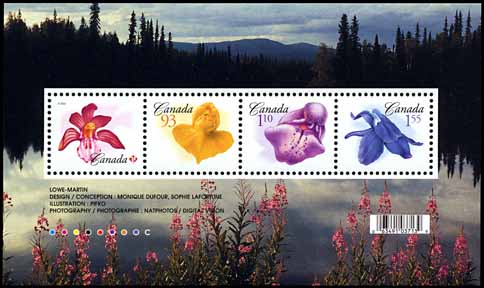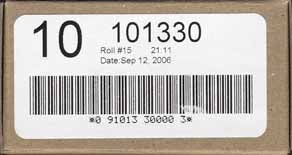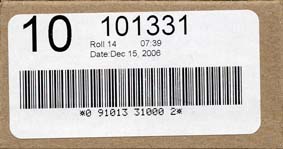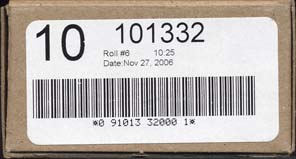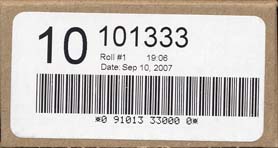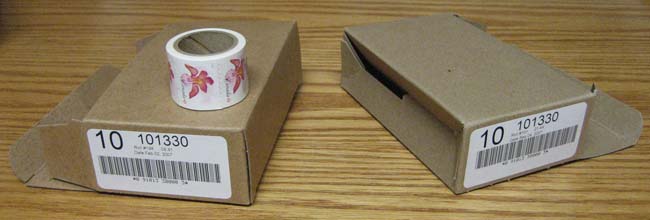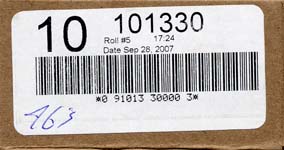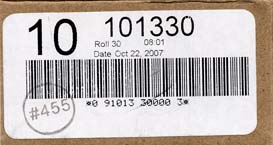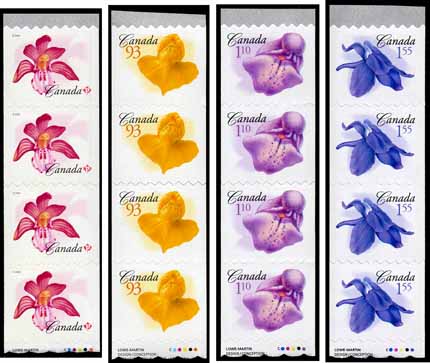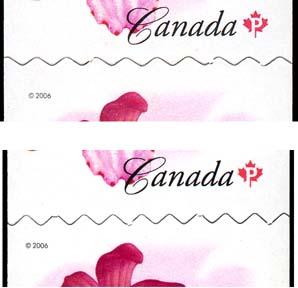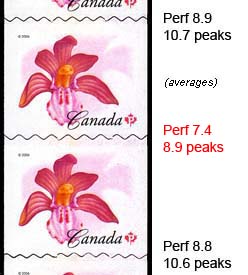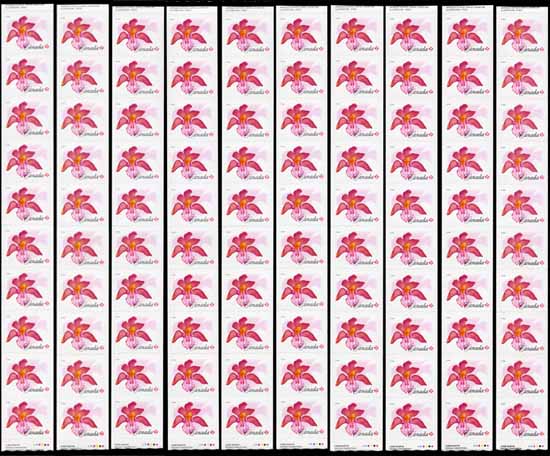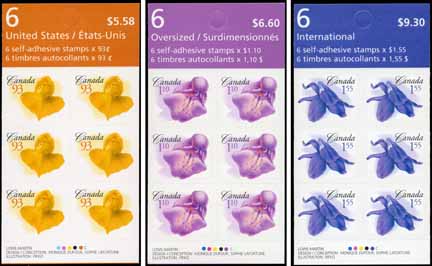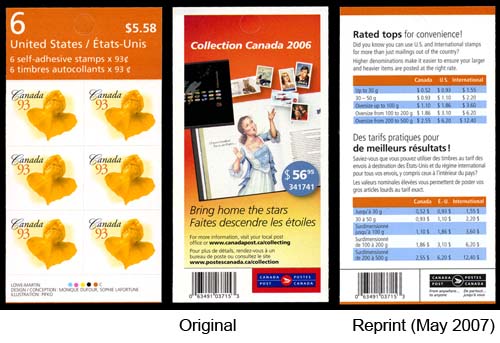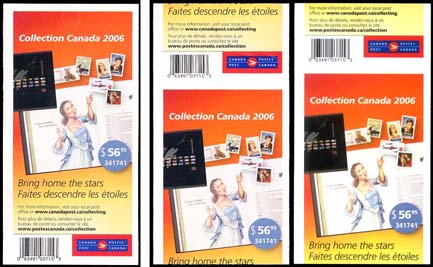Flower definitives
Series I (50c era):
![]() Background
Background
![]() Coils
Coils
![]() Checklist
Checklist
![]() Distribution
Distribution
![]() Die
cut
Die
cut
![]() Plating
Plating
![]() F
over R/O
F
over R/O
![]() $1.45
0Lowe
$1.45
0Lowe
![]() $1.45
line
$1.45
line
![]() Ski
slope
Ski
slope
![]() Booklets
Booklets
![]() Checklist
Checklist
![]() Tag
Tag
![]() $1.45 Insc
$1.45 Insc
![]() Paper
Paper
![]() Plate
variety
Plate
variety
![]() Missing
colour
Missing
colour
Series II (51c era):
![]() Background
Background
![]() Coils
Coils
![]() Checklist
Checklist
![]() Distribution
Distribution
![]() Die
cut
Die
cut
![]() Compound
perf
Compound
perf
![]() Plating
Plating
![]() High/center Insc
High/center Insc
![]() Paper
Paper
![]() Colour
error
Colour
error
![]() Booklets
Booklets
![]() Checklist
Checklist
![]() C
over S/O
C
over S/O
![]() Envelopes
Envelopes
Series III (52c era):
![]() Background
Background
![]() Souvenir sheet
Souvenir sheet
![]() Coils
Coils
![]() Checklist
Checklist
![]() Distribution
Distribution
![]() Die
cut
Die
cut
![]() Compound
perf
Compound
perf
![]() Plating
Plating
![]() Die
cut anomalies
Die
cut anomalies
![]() Booklets
Booklets
![]() Checklist
Checklist
![]() Paper
Paper
![]() UPC
doubling
UPC
doubling
![]() Miscut
Miscut
Series IV (52c era):
![]() Background
Background
![]() Souvenir sheet
Souvenir sheet
![]() Tagging
Tagging
![]() Coils
Coils
![]() Checklist
Checklist
![]() Distribution
Distribution
![]() Die
cut
Die
cut
![]() 3000/5000
3000/5000
![]() Booklets
Booklets
![]() Checklist
Checklist
Series V (57c era):
![]() Background
Background
![]() Souvenir sheet
Souvenir sheet
![]() Coils
Coils
![]() Checklist
Checklist
![]() Distribution
Distribution
![]() Die
cut
Die
cut
![]() 5000
5000
![]() Uncut
panel
Uncut
panel
![]() Booklets
Booklets
![]() Checklist
Checklist
Study Notes
Initial release date: Nov 16/06 (Permanent) and Dec 19/06 (all others)
Click for Canada Post's website announcement of the PERMANENT(tm) stamps. Designs:
Scott/Unitrade numbers:
Printer: Lowe-Martin (Ottawa, ON) Designers: Monique Dufour, Sophie Lafortune Postage rates (Jan 16/07 - Jan 13/08):
Format:
The date shown is the date of issue of that specific variety. A "blank" means the item does not exist.
Notes:
The coils were distributed to post offices in boxes, with 10 rolls per box. Self-adhesive labels were applied to one end of these boxes that contained several pieces of information:
Box construction Starting with coil boxes dated September 2007, the construction of the box has changed. All of the boxes with dates up to, and including August 2007, have a flap at both the top and the bottom. The new box construction has a flap only at the top. The bottom now "flips" into itself causing it to 'lock' in place.
Inspector Marks Starting in mid-November, boxes were found dated in September and October that contained "inspector" mark - either a circular rubber stamp or an hand-written number in pen.
Coil wrappers The rolls were wrapped around a thick inner core or cardboard. A clear, self-adhesive sticker was applied on the end of the roll to keep it rolled. This 'wrapper' had a UPC barcode which would be scanned at the post office checkout. Each wrapper was colour-coded to match the corresponding stamp.
All of the flower coils in this series have the "wavy die cut" at the start and end of the rolls. All rolls are affixed to the inner cardboard tube. Illustrated at the starter strips of 4 (the generally accepted method of collecting these items).
Four different major die cutting “perforations” have appeared on some of these four stamps (all are approximate or average measurements):
We say “approximately” because the serpentine die cutting is not consistent across the full printing press. In fact, even across a single stamp the peaks and valleys will vary both in depth and width. It is as if a piece of metal were made into an accordion and then stretched by hand with no apparent effort to precision. It is even possible to get a different “perf” for the top of a stamp compared to the bottom of the same stamp. There are literally dozens of different combinations of measurements available on each of the two major die cutting values! In theory it is quite possible that all 100 positions (10 stamps between each gutter times 10 rolls across the printing press) for each die cut “perf” can be plated (giving us 200 different "P" stamps).
Top: original perf
8½ (2-3 'nibs' per stamp)
The Permanent stamp that uses the die cutting mat of "8½ – 9 horizontally — 9½ to 10 peaks with 2-3 'nibs’ per stamp" includes an interesting die cutting configuration. The die cutting between the 6th and 7th row of stamps above the gutter is a full 1½ perf different from the adjacent rows:
These measurements are averages, based on counting all of the peaks across the entire printing width of 10 rolls. An individual stamp could, and likely will, have a slightly different measurement.
As has been hinted at above, the serpentine die cutting is variable across the stamp. That is, it is not consistent from one stamp to another, between the top or bottom of the same stamp, and even inconsistent across a single stamp! Recall that there are 10 rolls printed across the printing sleeve and a gutter every 10 stamps along a roll. Thus, the printing "plate" for these coils is 10 stamps across by 10 stamps down. It is actually possible to place 10 rolls beside each other and watch how the die cutting flows from one roll to another. With this layout, one can plate all 100 positions because of the uniqueness of the die cutting. Said another way, each stamp has a unique set of die cutting that can be plated. Click for more on "plating". Since there were (at least) two die cutting mats used, there are 200 different (unique) stamps for each of the three denominations of these coils. The following image needed to be shrunk to "fit your screen", but it is in fact a group of 10 rolls placed beside each other - a plating "sheet":
Here is a table that lists the average die cutting 'perforation' across each of the 11 rows for each of the three die cutting patterns seen to date on full rolls of the Permanent stamp:
As we have mentioned previously, the die cutting is not consistent across the rolls, down a strip of stamps in a single roll, on the top vs. bottom of the same stamp, and in fact, even across a single stamp. Here are some examples of very apparent die cut anomalies that make it relatively easy to plate these particular specimens: (pictures to come shortly)
The 93c, $1.10 and $1.55 designs were issued in booklet "panels" of 6 stamps.
The "F" booklets are in fact actually printed on "C" paper. This is not the first time that a printer has used the wrong paper designation on printed stock. All of the booklets were initially printed on C (Tullis Russell Coatings) paper. It was thought that a small supply of 93c Flower "F" booklets started to show up in selected post offices in southern Ontario shortly after the first day of issue. It turns out that the "F" booklets were those distributed to collectors who had a "Standing Order" with Canada Post. As such, both the C and F types were available from the start. As of this writing (Feb 2007), the F booklets have not yet been seen at post office outlets outside of southern Ontario.
The original printings of these booklets advertised the Collection Canada 2006 on the back cover. In late May 2007, the 93c booklet was found with a new backing: postal rate information now appears. The $1.10 and $1.55 booklets were found with this same reprint (i.e. rate information) in June 2007.
At least two of these booklets ($1.10 and $1.55) exhibit some doubling of the black UPC barcode and the bottom of Canada Post log on the back covers. This seems to occur on about every 4th to 6th booklet in a bundle of 50.
The 93c booklet has been reported with improper placement of the advertising and images on the back of the pane. The front looks normal. At least three different types of misregistration examples have been noted (two are illustrated below).
The 93c booklet has been reported from the Montreal area with some fantastic colour shifts.
| ||||||||||||||||||||||||||||||||||||||||||||||||||||||||||||||||||||||||||||||||||||||||||||||||||||||||||||||||||||||||||||||||||||||||||||||||||||||||||||||||||||||||||||||||||||||||||||||||||||||||||||||||||||||||||||||||||||||||||||||||||||||||||||||||||||||||||
© 1999-2013, 2014 Robin Harris
Adminware is a trademark of Adminware Corporation.












